Space wonders from Saturn to Earth – 14 incredible views of the Universe (15 photos)
Of course, we can’t go to space. But we can experience its magnificence thanks to the achievements of modern technology. 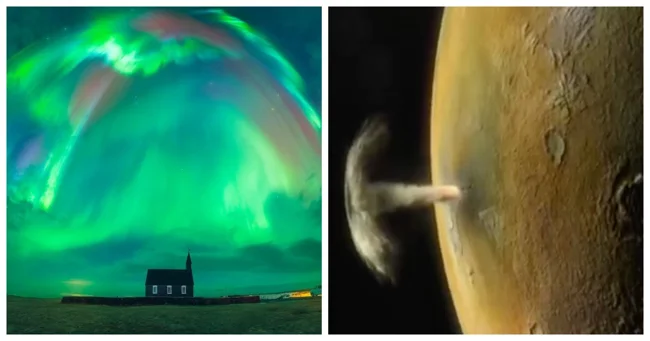
Each of these images reveals the unique beauty of the Universe. Thanks to them, you can see the majestic satellite of Saturn without flying into space, observe the Pacific Ocean from the International Space Station, witness a powerful volcanic eruption on Jupiter’s satellite, and admire the magic of the northern lights in the Icelandic skies. These amazing shots remind us how fragile our planet is and how vast the space around us is.
1. The clearest image of Saturn's moon Mimas, taken by NASA's Cassini spacecraft 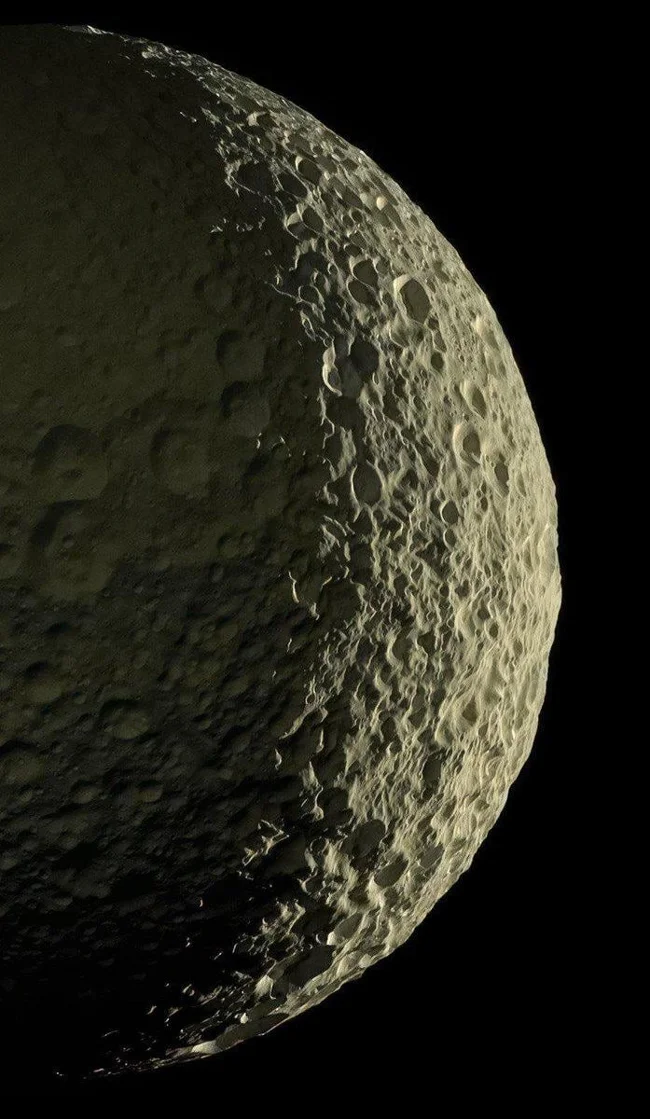
Mimas has less than 1/25 the gravity of the Moon. It is possible to conduct operations on its surface, and landing and returning to the satellite from Saturn's orbit is much easier than from Earth's orbit.
But among Saturn's many moons, this one is likely to be the least popular on the list of things to visit. Titan and Enceladus are at the top.
Launched in 1997, Cassini has been traveling through the Saturn system since 2004, studying the planet, its rings and moons, and its vast magnetosphere. Cassini has made many impressive discoveries, including the discovery of an ocean with signs of hydrothermal activity on the moon Enceladus and liquid methane seas on another moon, Titan.
2. NASA's Cassini spacecraft captured a moon of Saturn creating waves in its rings 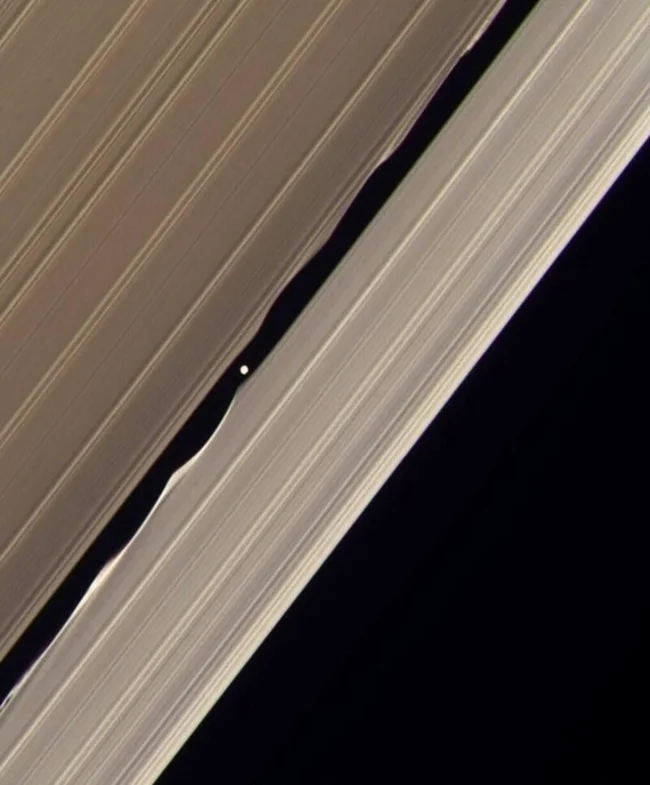
Daphnis is a small natural satellite of Saturn that creates waves in its rings as it moves around the planet.
3. A photo of the largest ocean on Earth. The Pacific Ocean from the ISS 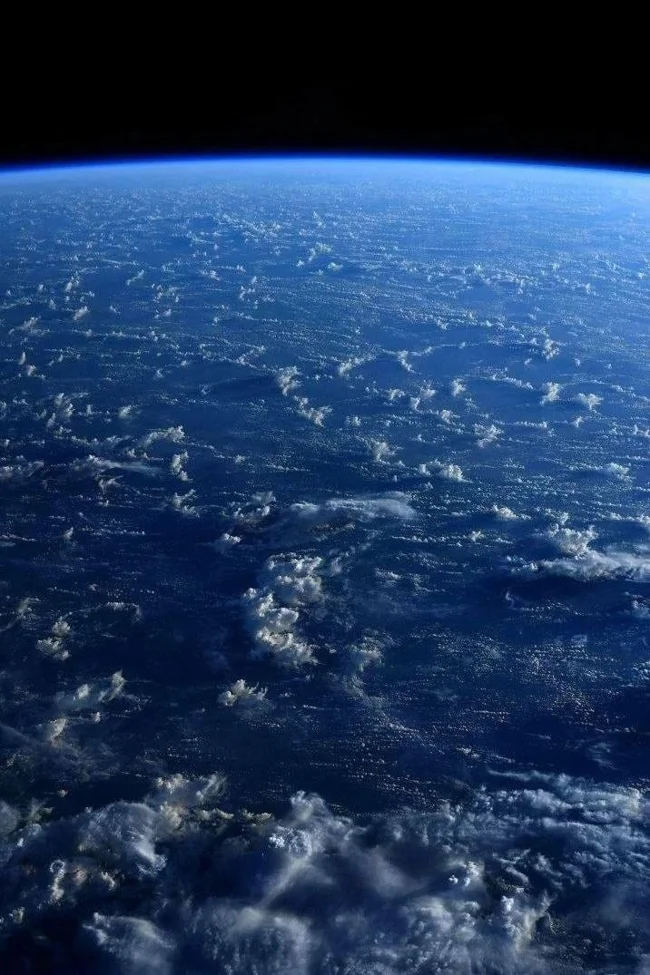
Amazingly, the Polynesians crossed the Pacific Ocean by navigating the stars and watching bird migrations. It's incredible how they were able to find islands in this vast ocean.
4. A stunning shot of a burning meteor flying against the backdrop of the Andromeda Galaxy 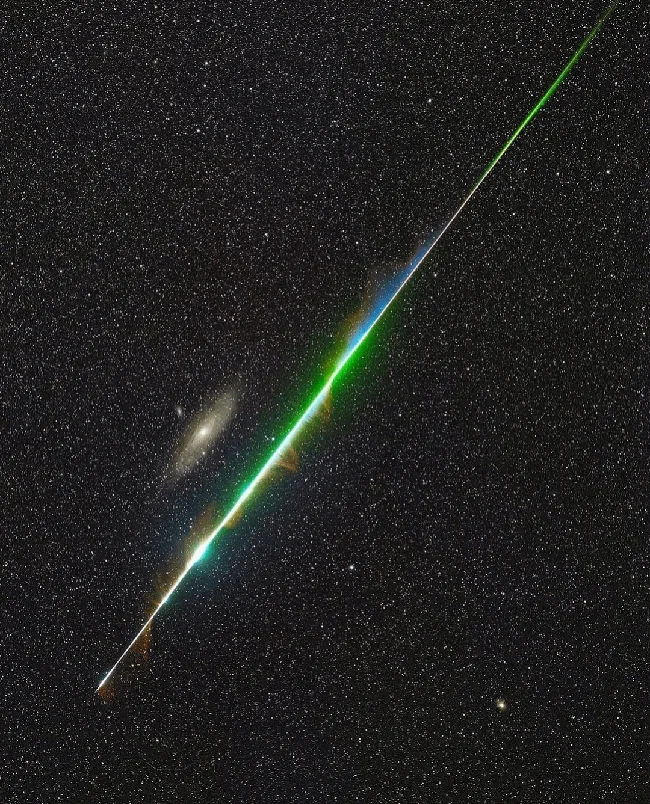
Photos by photographers Gong Yurui and Liao Guihe. They were filming Andromeda, and at that moment a bright meteor literally split the frame.
5. Olympus on Mars is the highest mountain in the solar system 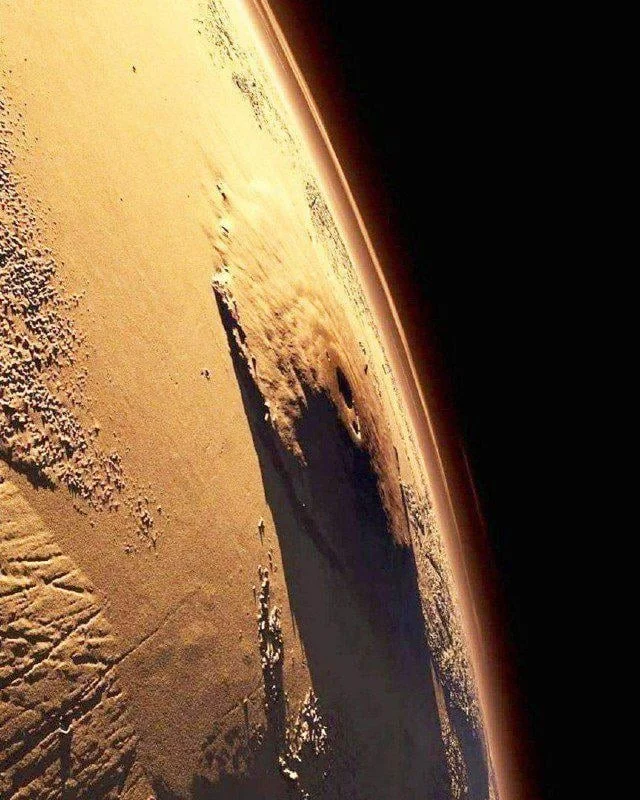
The absolute height of the extinct volcano Olympus is 21,229 meters, the relative height is 26,000 meters. This is the highest mountain in the solar system, surpassing all peaks on Earth in height.
6. NASA's Galileo spacecraft captured this stunning image of an active volcano on Io 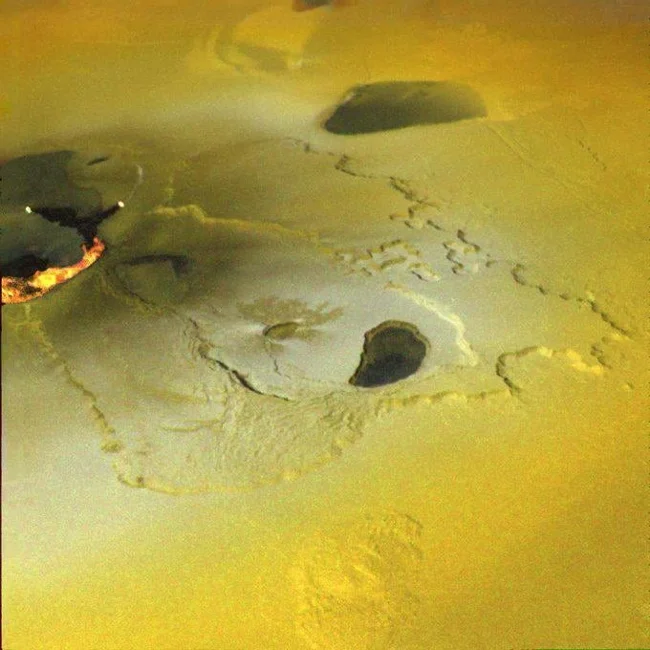
The moment a volcano erupted on Jupiter's moon Io.
7. Klyuchevskaya Sopka photographed from the ISS 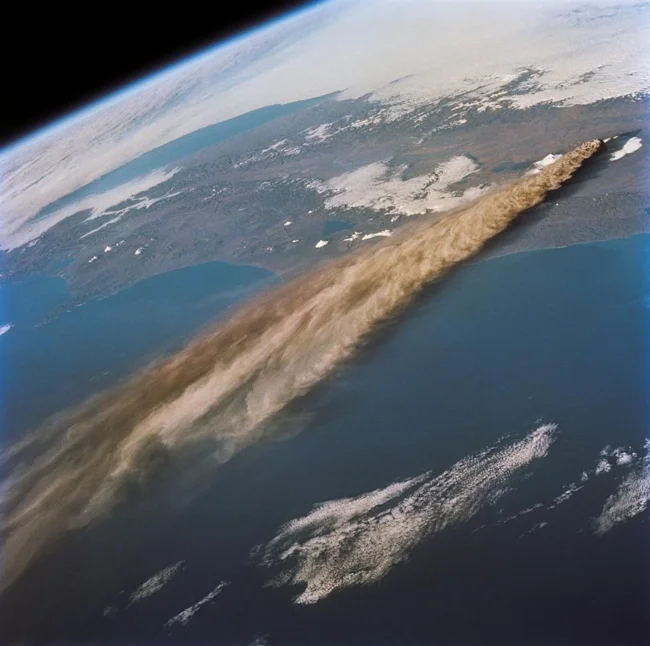
Klyuchevskaya Sopka, or Klyuchevskoy, is an active stratovolcano in the east of the Kamchatka Peninsula. The tallest active volcano in Eurasia. Approximately 7,000 years old.
8. A close-up of Pluto from the New Horizons space probe 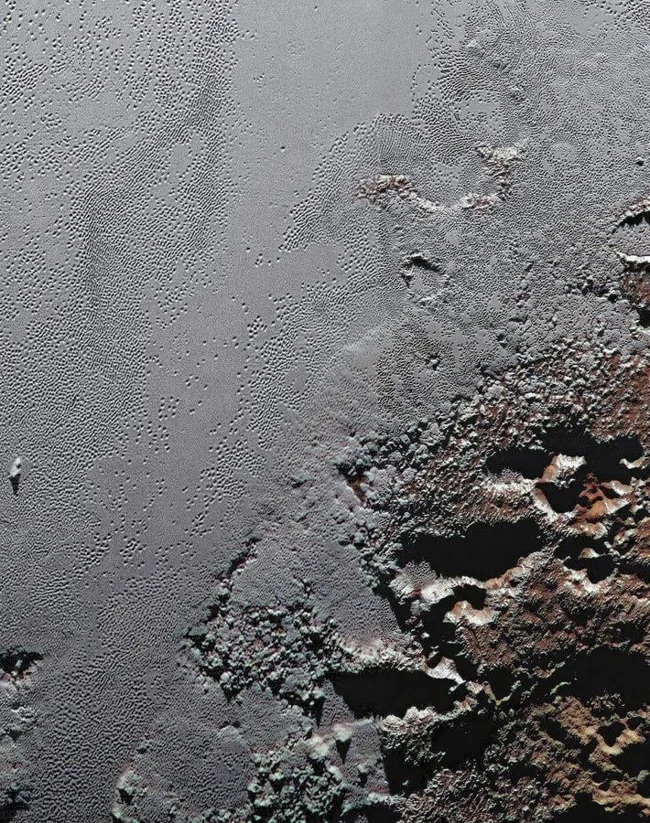
New Horizons is the first spacecraft to visit distant Pluto, a dwarf planet on the outskirts of the solar system.
9. View of the satellite Phobos from the surface of Mars 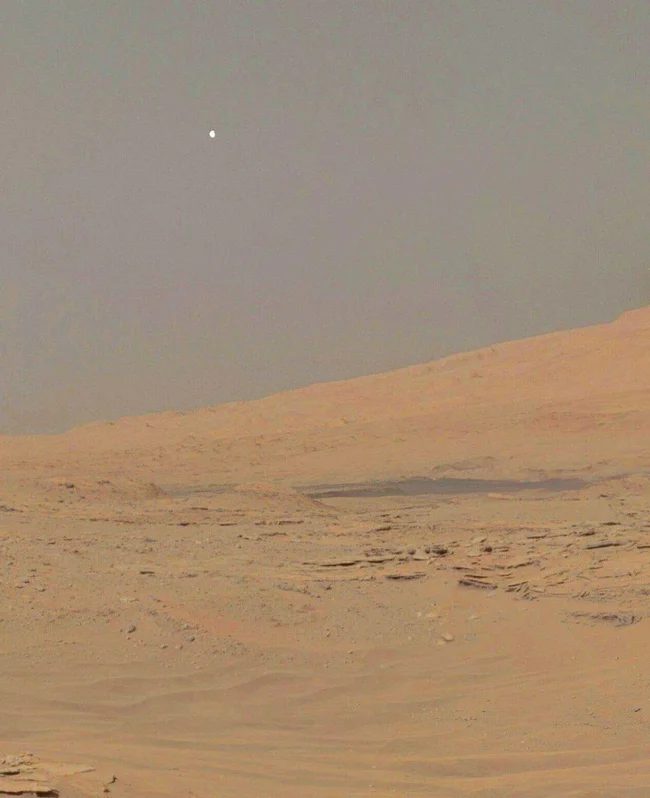
Mars has two natural satellites in orbit - the larger Phobos and the smaller Deimos.
10. Sunset over the Pacific Ocean, photo from the ISS 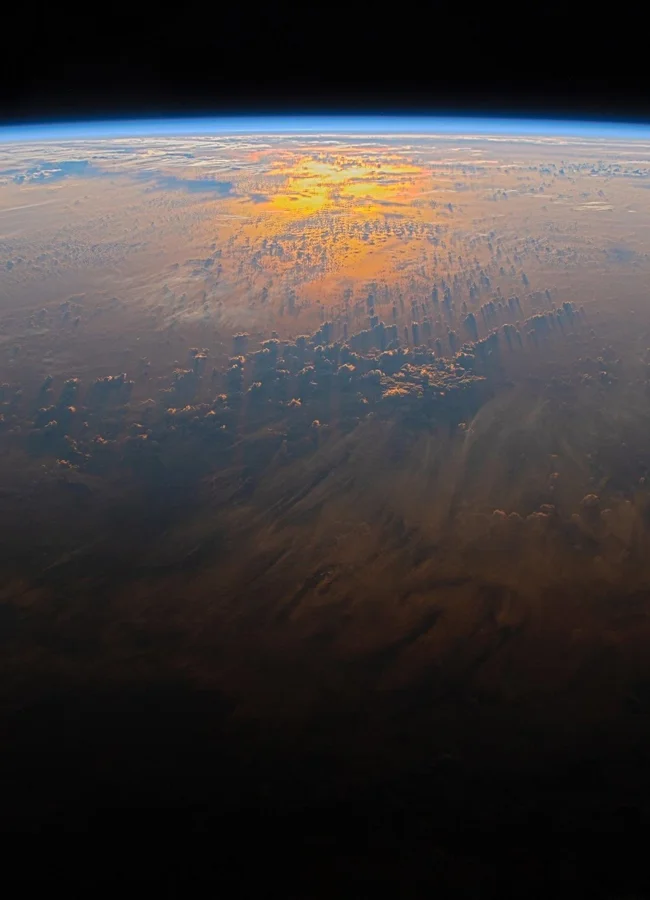
11. Image of Jupiter from NASA's Juno (left) and Cassini (right) spacecraft 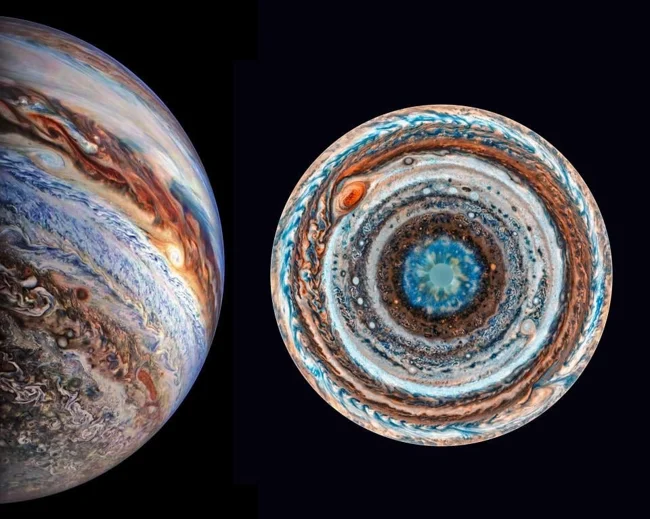
An image of Jupiter's south pole taken by the Juno spacecraft from a distance of 9.7 million kilometers, and an image simulated based on four images taken by NASA's Cassini spacecraft.
12. Earth as seen from Saturn 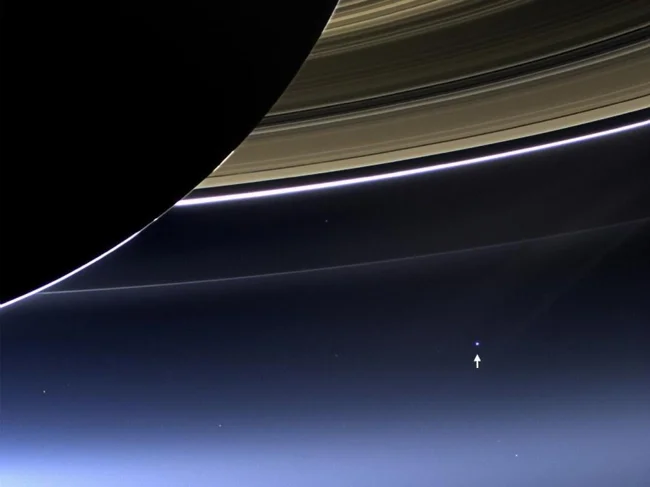
In this rare image taken on July 19, 2013, NASA's Cassini spacecraft captured Saturn's rings, our planet Earth, and its moon in one frame.
13. Northern Lights over a Church in Iceland 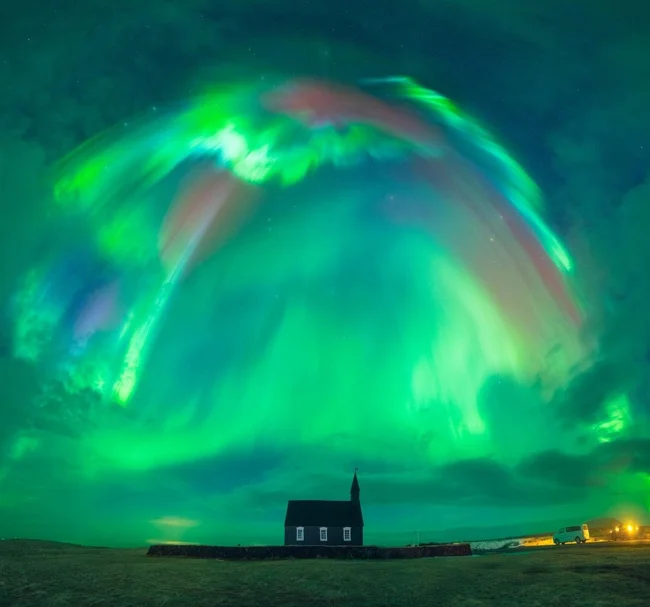
The Northern Lights are also called Aurora after the goddess of dawn from Roman mythology, Aurora.
14. Milky Way Rising in the Night Sky in New Zealand 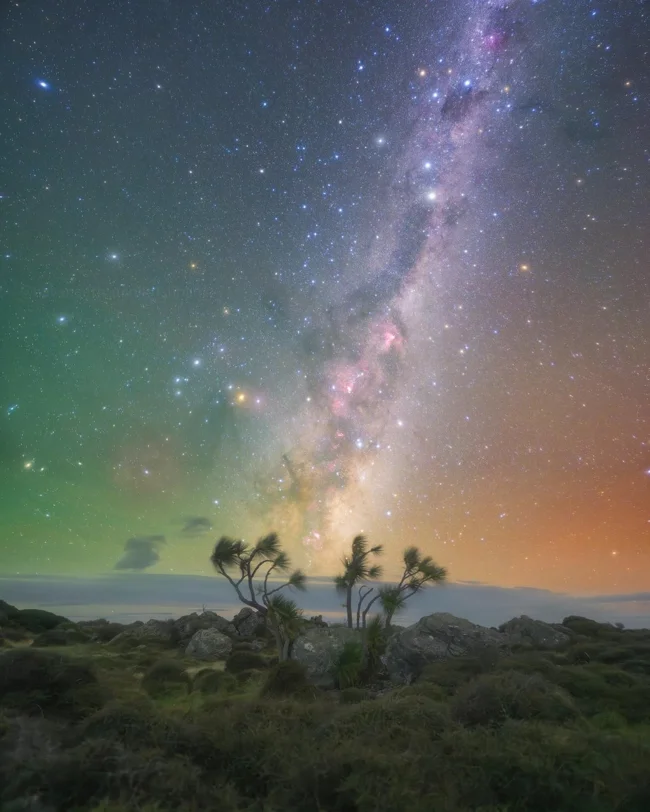
The shooting was done in the evening during a short gap in the clouds, the wind interfered with long exposures, but the result was still magical.





















